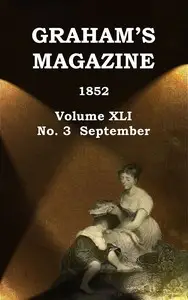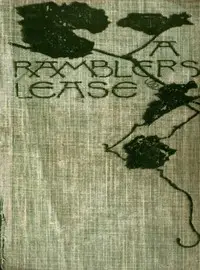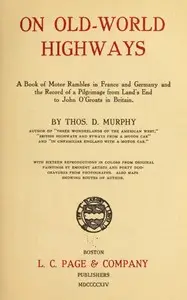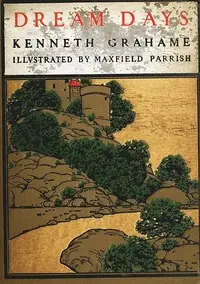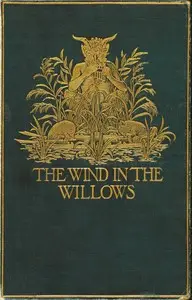"Pagan Papers" by Kenneth Grahame is a collection of thoughtful essays about nature, journeys, and what it means to be human, all wrapped up in a feeling of looking back fondly on the past. Grahame takes readers on a trip through different parts of life, highlighting the appeal of country roads and the emotional weight of memories from past adventures. The book starts with "The Romance of the Road," where Grahame brings old country roads to life, portraying them as friends that guide people through real places and their own thoughts. He shows a typical trip along the Ridgeway in Berkshire, explaining how these roads tie into history and bring up feelings connected to country life in England. The writing uses strong images, romantic ideas, and deep thoughts about how movement, memory, and time passing are all connected, showing that enjoying the trip is just as important as reaching the end.
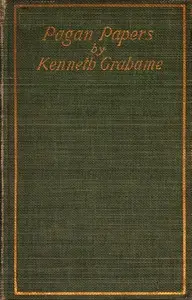
Pagan Papers
By Kenneth Grahame
Discover a world where country roads become characters and journeys into nature blend with reflections on life's sweet and sorrowful moments.
Summary
About the AuthorKenneth Grahame was a British writer. He is best remembered for the classic of children's literature The Wind in the Willows (1908). Scottish by birth, he spent most of his childhood with his grandmother in England, following the death of his mother and his father's inability to look after the children. After attending St Edward's School in Oxford, his ambition to attend university was thwarted and he joined the Bank of England, where he had a successful career. Before writing The Wind in the Willows, he published three other books: Pagan Papers (1893), The Golden Age (1895), and Dream Days (1898).
Kenneth Grahame was a British writer. He is best remembered for the classic of children's literature The Wind in the Willows (1908). Scottish by birth, he spent most of his childhood with his grandmother in England, following the death of his mother and his father's inability to look after the children. After attending St Edward's School in Oxford, his ambition to attend university was thwarted and he joined the Bank of England, where he had a successful career. Before writing The Wind in the Willows, he published three other books: Pagan Papers (1893), The Golden Age (1895), and Dream Days (1898).



